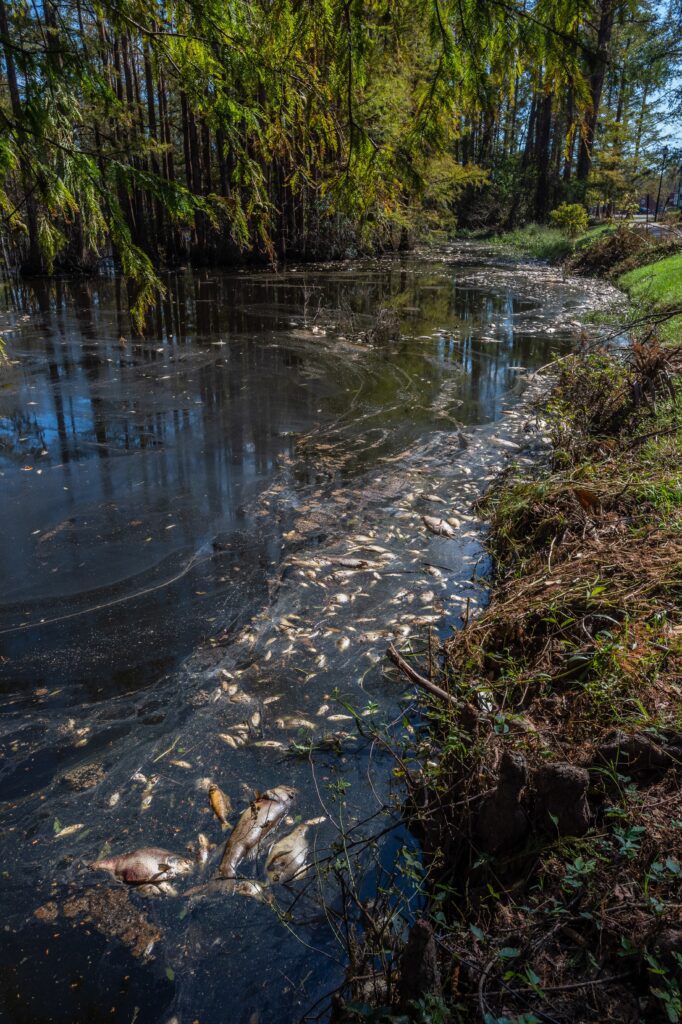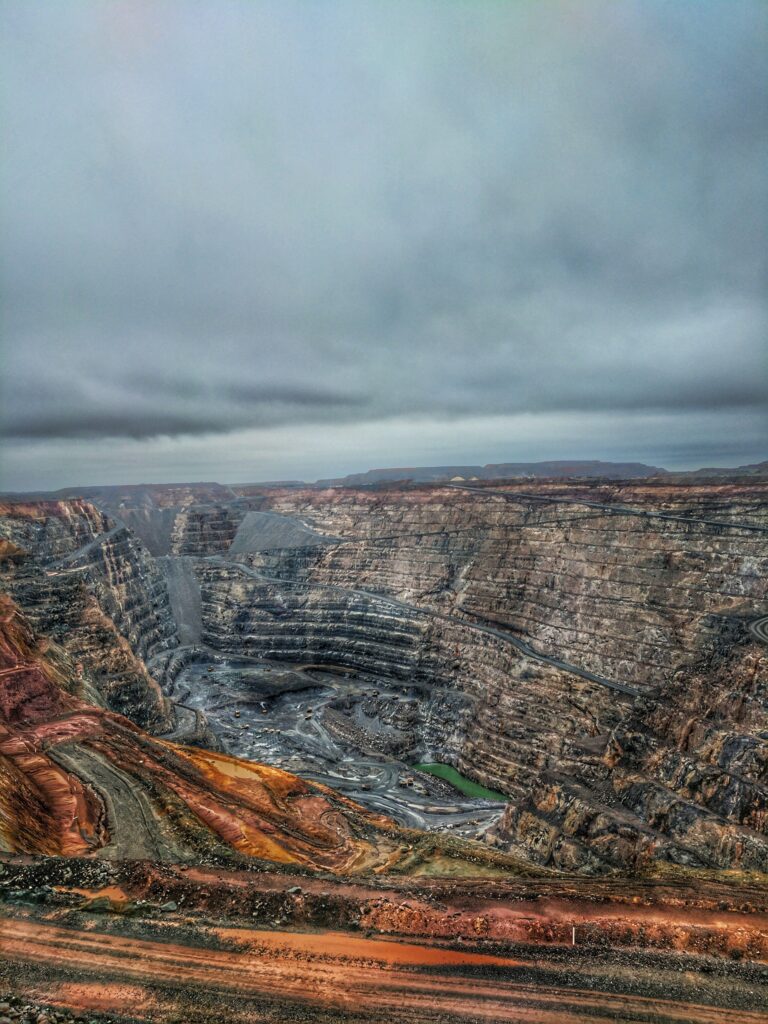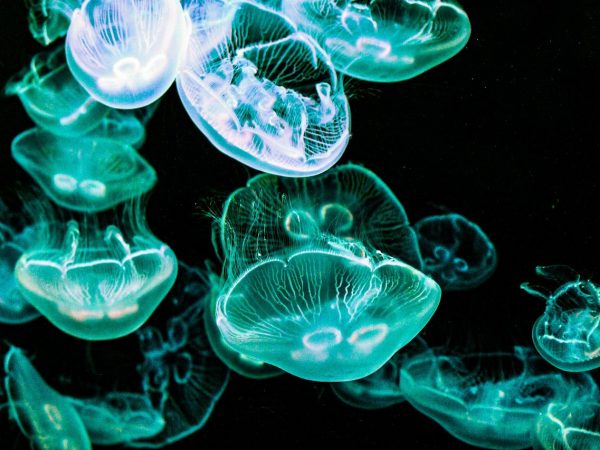I have been in awe of the importance and power of metabolizing grief since my first workshop with Joanna Macy when she was in Australia in 1986. Then called “Despair and Empowerment,” her workshop taught us that we live in a culture where there is a profound denial of a huge swathe of our feeling life.
She taught us the importance of experiencing and sharing these feelings which were normally shunned, abhorred, and suppressed by our culture: rage, terror, anguish, horror, grief. She taught us how to create a safe container to invite and hold these feelings and we were stunned by the power that surged forth. It’s not that we did a despair circle followed by an empowerment circle; rather, we just did the despair circle. Empowerment, enthusiasm and vision surged forth as a consequence.
I now understand that these suppressed feelings are a very ancient part of our intelligence.
One thing we can say for certain about our ancestors is that for 4 billion years, every single ancestor has been intelligent (and lucky!) enough to reach the age of reproducing itself before it was consumed. What a pedigree! Had there been a single exception we would not be here to tell the tale. And 99.99999% of this intelligence manifested before we grew this bulge over our nose and started thinking our way through the world.
Feelings move us out of paralysis, thus learning that it is safe to feel is a prerequisite for powerful, intelligent action.
And this feeling intelligence was tested and honed by natural selection in every single generation. Any mammal that ran towards something wagging its tail when it should have been bolting away at full speed doesn’t leave its genes in the pool!
We can call it “instinct” or “intuition,” it doesn’t matter what we call it, what we call “feelings” are what remains in us of this ancient, time-tested intelligence. These feelings, then, aren’t socially constructed, they aren’t “optional.” They are deeply embedded in our pre-human as well as human past and they push up with instinctual force to guide us through the world so that we might continue to pass forward the ancient flame that has been so carefully passed from fin to paw and now into our trembling hands.
Given the fact that the accuracy of our feelings to protect us from danger and guide us to nourishment and safety was honed in every single generation, it should come as no surprise they push up with a primal force. And therefore it takes an equal and opposite force from our social conditioning to suppress and deny them. Then we learned to suppress even the awareness that this battle is taking place. And the residue of this futile struggle between instinctual energies and social suppression is a sense of disempowerment and paralysis. Hopelessness.

“It’s all too late.”
“What can one person do anyway?”
Such helpless feelings may seem appropriate to the situation we find ourselves in but, as we learn from despair work and from “honoring our pain for the world,” they are merely the residue that remains from the battle between instinctual energies and social suppression.
We are taught to fear our grief and other “negative” emotions.
If I were to open fully to the depth of the despair and anguish that well up in response to what I see happening to my world, surely I would be crushed. Maybe I’d become hopelessly depressed. Maybe I’d commit suicide.
Wrong.
They’re only feelings!
Feelings are an invaluable and indispensable part of our human and pre-human tool kit. They’re on our side, here to point the way out of danger, move us to leap out of being paralysed in the headlights of the oblivion bearing down on us.
I’ve facilitated literally hundreds of despair circles in nearly 40 years and never lost anyone. Participants are not required to sign a “release form.” When we create a safe container, no harm can come to us from releasing our own, and hearing each other’s grief.
Grief, and the other suppressed feelings like rage and terror are metabolized by being expressed but also by being received, by being heard.
Natural selection can only work on individuals who live in communities which are themselves fit enough to survive. Imagine a group of early humans foraging when one of them spots a predator stalking them. This person has a choice: they can sneak away so that they are less likely to be the victim or they can scream out a terrified warning.
The latter decrease the survival chances of the screamer but lead to a culture more likely to survive than an “every-man-for-himself” milieu and, of course, no individual can survive and reproduce without a viable community.
The feelings evolved their exquisite accuracy not just to increase the chances of survival of the individual experiencing them, but also to increase the chances of that individual’s tribe.
So, in the despair circle, after each sharing of a particular torment, as the person returns to their cushion, the rest of us call out “Yes!” and “We hear you!” for in order to be fully metabolised, your feelings must be experienced, expressed and received by your people.
Perhaps it is only to the extent that we are willing to hear the sounds of the Earth crying that we are in a position to address those cries.
Only then is your feeling’s work done. Only then can it subside and allow empowerment, joy and a strong sense of community to well up powered by the energy released by both the instinctual force of the feelings and the equal and opposite energy that had been locked into the futile struggle to suppress them. The purpose of these feelings is not to disable you or bring you misery; they have been carefully crafted by natural selection to provide you with intelligence about your world. Once you have felt and shared them their work is done.
Of course thought is a beautiful innovation but, unlike feelings it has not stood the test of time. And unless supported by feelings, thought is sterile.
As an environmental activist in the 1980’s, I believed that my task was to raise awareness; once people were aware of what was happening to our world everything would change. Wrong. Now everyone knows what’s going on and little has changed. Without the passion that feelings bring, the thoughts are powerless. When we say “I was moved” to do something we are talking about feelings, not thoughts.

Feelings move us out of paralysis, thus learning that it is safe to feel is a prerequisite for powerful, intelligent action. As the medieval mystic Jacob Boehme realised: “Pain is the ground of motion.”
The early twentieth century mystic and teacher G.I. Gurdjieff called for “conscious suffering.”
Shantideva, an 8th-century Buddhist monk, poet, and scholar is remembered for this prayer: “May all sorrows ripen in me.”
Clearly he was not just speaking of his personal sorrows. ALL sorrows! How audacious. We get from him the sense that by ripening, by metabolising these feelings rather than leaving them to putrefy and disable us, we learn how to utilise their passion for the healing of our world.
Thich Nhat Hahn, the Vietnamese Buddhist monk and meditation master who died last year, was once asked by some of his pupils: “Sir, what is the most important thing we can do for the healing of our world.” He replied “the most important thing we can do for the healing of our world is to hear, within ourselves, the sounds of the Earth crying.”
The first thing I get from his reply, as from Shantideva, is the sense that we are not restricted to merely personal sorrows.
So … perhaps those cries I hear within are not just that my mother weaned me too early like my therapist says. Could they be the sounds of the Earth crying?
If so, perhaps activism rather than therapy is where resolution is to be found.
Next comes the question: Why should this be the most important thing we can do for the healing of our world?
Perhaps it is only to the extent that we are willing to hear the sounds of the Earth crying that we are in a position to address those cries. If we refuse the feelings, how can we possibly be effective in assuaging them?
Perhaps then, part of metabolizing our grief for the world, the grief of the world, is to bring grief’s passion into the service of defending Earth and repairing the damage already done.
This article originally appeared in Deep Times: A Journal of The Work That Reconnects Vol. 8 Issue 2 – September 2023. It is shared here under Creative Commons Attribution-Non-Commercial-ShareAlike 4.0.







